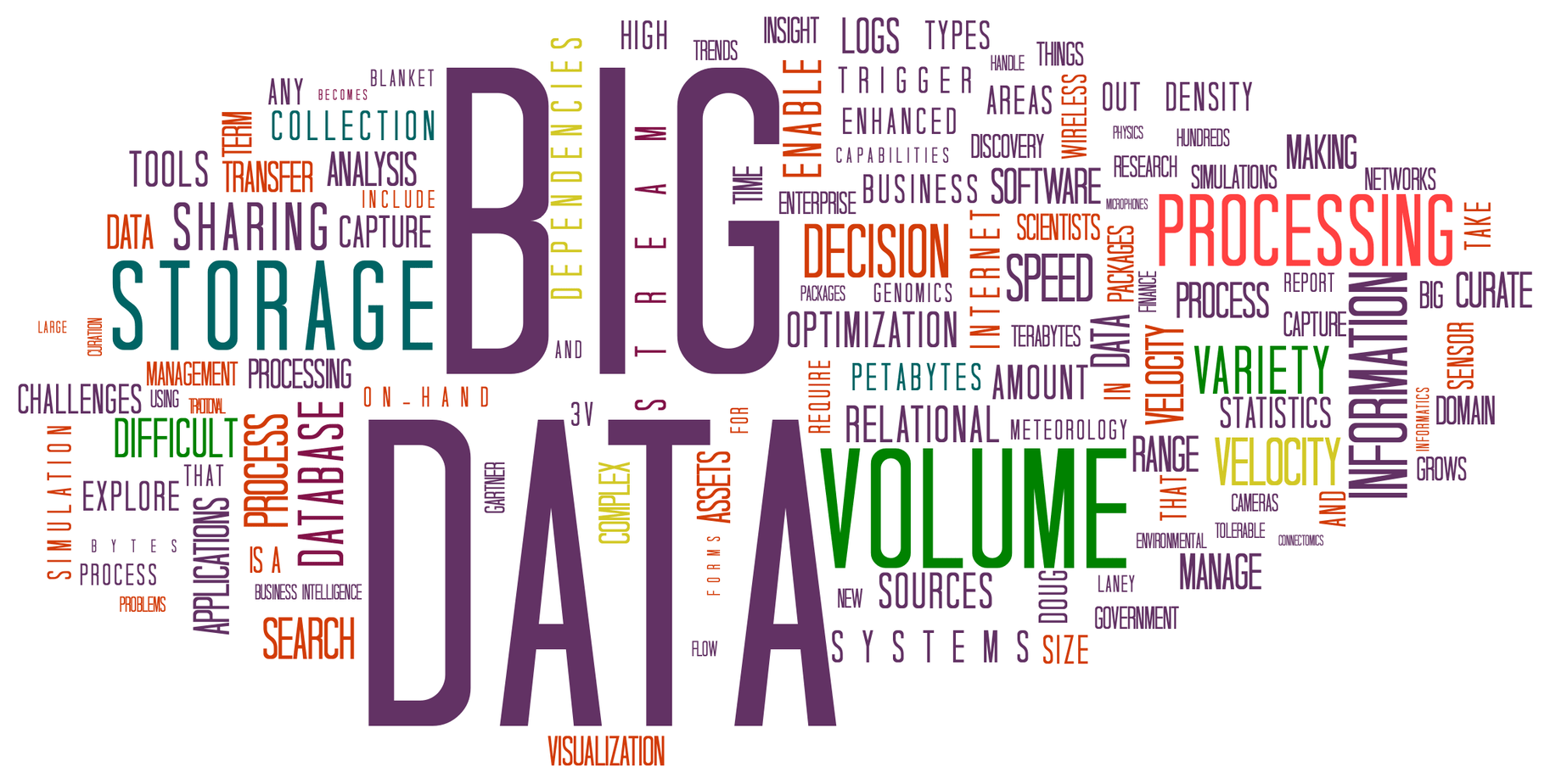A couple of years ago, I began hearing the term “big data” being bandied about in the data processing industry. At first, it seemed easy to dismiss it as one of the cuter buzzwords that marketers love to underline in big letters in their press releases. But I soon realized that big data is more than a trend—it’s transforming the data processing world.
When you think “big data” you might picture large chunks of information—something like the massive video files on your computer, perhaps even bigger than that. In truth, the term “big data” doesn’t truly capture the collosal magnitude of information involved. Let’s see if I can offer an illustration that will help you to comprehend what it means.
You may know that Google collects user data on almost all of the searches and other activities that take place on its web services. (If you do not know that, you may want to read some of the emails Google has sent you concerning their privacy statements!) Imagine how much user data Google collects in a month, or even a day! It’s a collection so vast, it can’t possibly be handled by one person or even a desktop computer—not even a group of networked desktop computers.
Volume is only one characteristic of big data, however. Big data may also be extremely complex. Think of it this way: Can you predict the final score of a basketball game? If you’re shooting a basketball all by your lonesome, making hoops in your backyard, you can probably come up with some good score predictions. When you’re dealing with two teams of college basketball players of varying strengths, weaknesses, and levels of fitness, then you’re dealing with multivariate factors that makes the outcome too complex for you to predict accurately.
But “big data” also refers to one more thing: a solution. Big data technology solutions are available if you really, really need to make sense of a massive amount of complex information. The “hows” of these solutions remain proprietary secrets, but they most likely involve mainframe-level computing power and advanced data processing algorithms. Should your organization find itself facing issues handling huge, complex, multivariate levels of information, you might consider looking into big data solutions.

